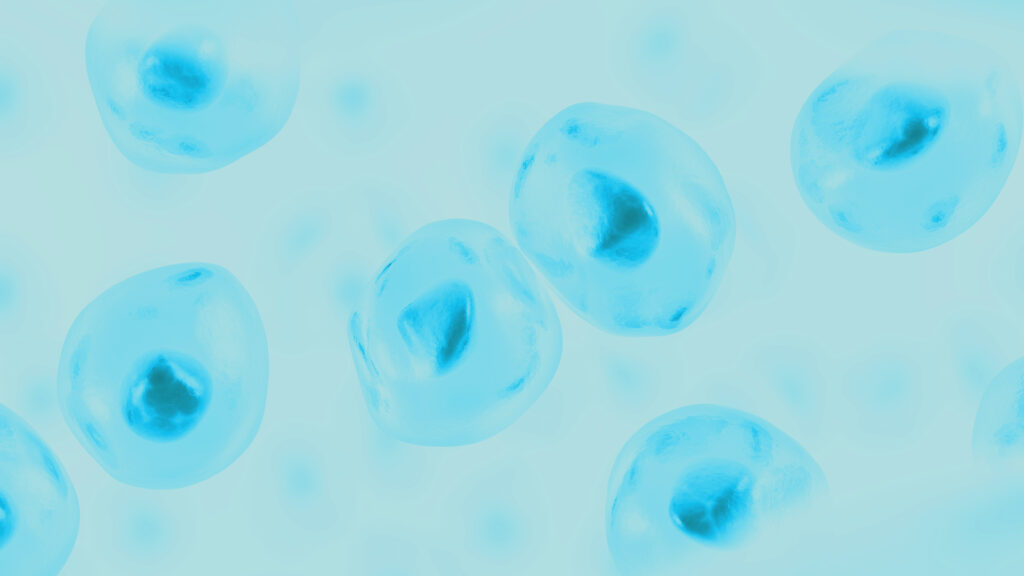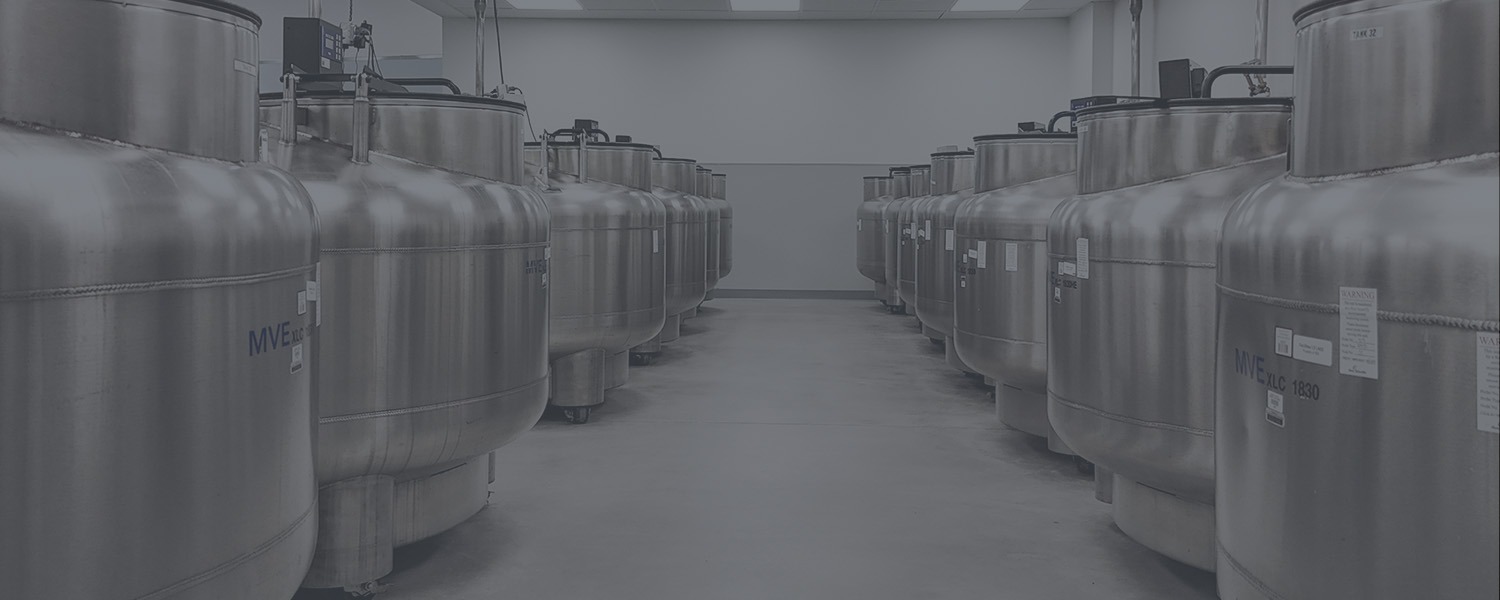iPSC Quality Control The field of regenerative medicine has seen remarkable advancements with the discovery of induced pluripotent stem cells (iPSCs), offering new and unprecedented opportunities for disease modeling, drug discovery, and personalized therapeutic applications. However, generating iPSCs is a complex, time consuming process, that requires stringent quality control measures to ensure the reproducibility and integrity of the cells. In this blog, we delve into the top four reasons why you need robust iPSC quality control measures during iPSC generation and discuss the potential consequences of neglecting these measures.
Table of Contents
1. Genomic Stability
One of the biggest concerns in iPSC generation is the potential accumulation of genetic mutations, including copy number variations and single nucleotide variants (SNVs). Without meticulous quality control, undetected genetic aberrations may compromise the genomic stability of iPSCs, leading to unpredictable downstream effects such as tumorigenicity and impaired differentiation potential.
G-band karyotyping should also be carried out to ensure that no chromosomal abnormalities are present, such whole chromosome deletions or duplications. An analysis of the chromosome banding patterns in iPSCs should always be carried out and compared against the banding pattern of a normal cell.
2. Cell Line Purity and Homogeneity
Contamination with residual non-pluripotent cells during reprogramming poses a significant risk to the purity and homogeneity of iPSC populations. In the absence of stringent quality control, the presence of non-pluripotent cells can compromise the validity of experimental results and potentially introduce genetically abnormal cells into an otherwise homogenous population which would lead to clinical applications needing to be halted for safety concerns.
Inadequate quality control can also lead to the persistence of residual reprogramming factors or vectors, such as Sendai reprogramming vectors, which may elicit an immune response upon transplantation into a host. This immunogenicity poses a significant safety concern for iPSC-based therapies. Rigorous quality control is essential to eliminate or minimize the presence of potentially harmful components, ensuring the safety and efficacy of iPSC-derived products in clinical settings.

3. Functional Pluripotency
The ultimate utility of iPSCs lies in their ability to accurately recapitulate the characteristics of embryonic stem cells, including robust pluripotency and the capacity for directed differentiation. Insufficient quality control measures may result in the generation of iPSCs with compromised pluripotency, limiting their differentiation potential and rendering them unsuitable for downstream applications in disease modeling and therapeutic interventions.
Many tests now exist to ensure that newly generated iPSC populations are indeed pluripotent such as confirming expression of stemness markers through FACS analysis. Through FACS, the dual expression of Oct4 and Tra-1-60 (key stem markers) can be confirmed within the cells. Additionally, analysis of pluripotency can be carried out by demonstrating that the cells can form embryoid bodies that contain each of the three germ line layers. Finally, through gene expression arrays, key genes known to be markers of pluripotency can be assayed.
4. Viability and Sterility
If you are able to generate genetically normal, pluripotent iPSCs without any residual non-pluripotent cells or reprogramming factors, another consideration is the cell population’s viability and sterility. It isn’t enough to be able to generate a few thousand viable iPSCs at a time when millions or billions of cells are required for your research. Likewise, if you haven’t tested your cells for the presence of microbial contamination (including mycoplasma), your iPSCs may be contaminated leading to loss in viability, cell function and genetic abnormalities.
Regulatory agencies, such as the U.S. Food and Drug Administration (FDA) and the European Medicines Agency (EMA), have strict guidelines regarding the quality and safety of cell-based therapies. The presence of mycoplasma contamination in iPSCs violates these regulatory standards, making the cells unsuitable for use in clinical trials.
iPSC Quality Control: Conclusion
In conclusion, the successful harnessing of iPSCs for biomedical applications hinges on the establishment and adherence to stringent quality control measures throughout the generation process. Failure to implement these measures not only jeopardizes the reliability and reproducibility of experimental results but also poses serious safety concerns for the translational use of iPSCs in regenerative medicine.
Sampled’s experts are highly trained at generating iPSCs and carrying out stringent quality control tests to measure pluripotency of newly generated iPSCs as well as ensure they are viable and pure. We understand that not all labs can afford to carry out the necessary quality control procedures they want to, which is why clients work with us to gain peace of mind and save on capital expenditure. To learn more about our iPSC generation services, contact one of our experts today

